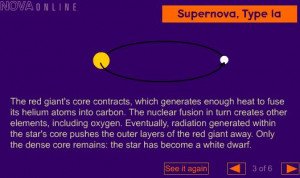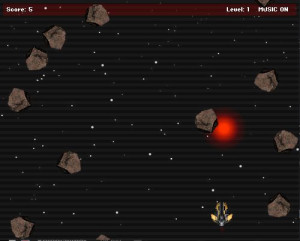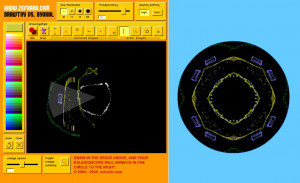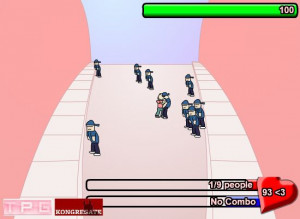Birth of a Supernova

Ever since Edwin Hubble's 1929 discovery that the universe is expanding, astronomers have known that the more distant a galaxy, the faster it's traveling away from us. They've long wondered to what degree gravity is slowing down that expansion rate. If gravity is weak, the universe would expand forever; if gravity is strong enough, the universe would eventually stop expanding and then fall back in on itself.
Well, to the surprise of almost everyone, the evidence presented by astronomers in the NOVA program "Runaway Universe" shows that the expansion rate is not slowing down at all, but rather accelerating.
Their discovery would not have been possible without a special cosmic yardstick—exploding stars, or supernovae—specifically the variety known as Type Ia. Because Type Ia supernovae are visible over distances of five billion light-years and more, astronomers can observe them and gauge the distances to the galaxies they reside in, for the simple reason that Type Ia's shine with a known brightness.
What makes each Type Ia burn with the same brightness? And why don't other kinds of supernovae shine with equal brightness? Here, based on the latest thinking, are step-by-step explanations of the two most common types of supernovae: Type Ia, which takes place in two-star systems, and Type II, which occurs when a massive star runs out of its fuel and blows up.
















